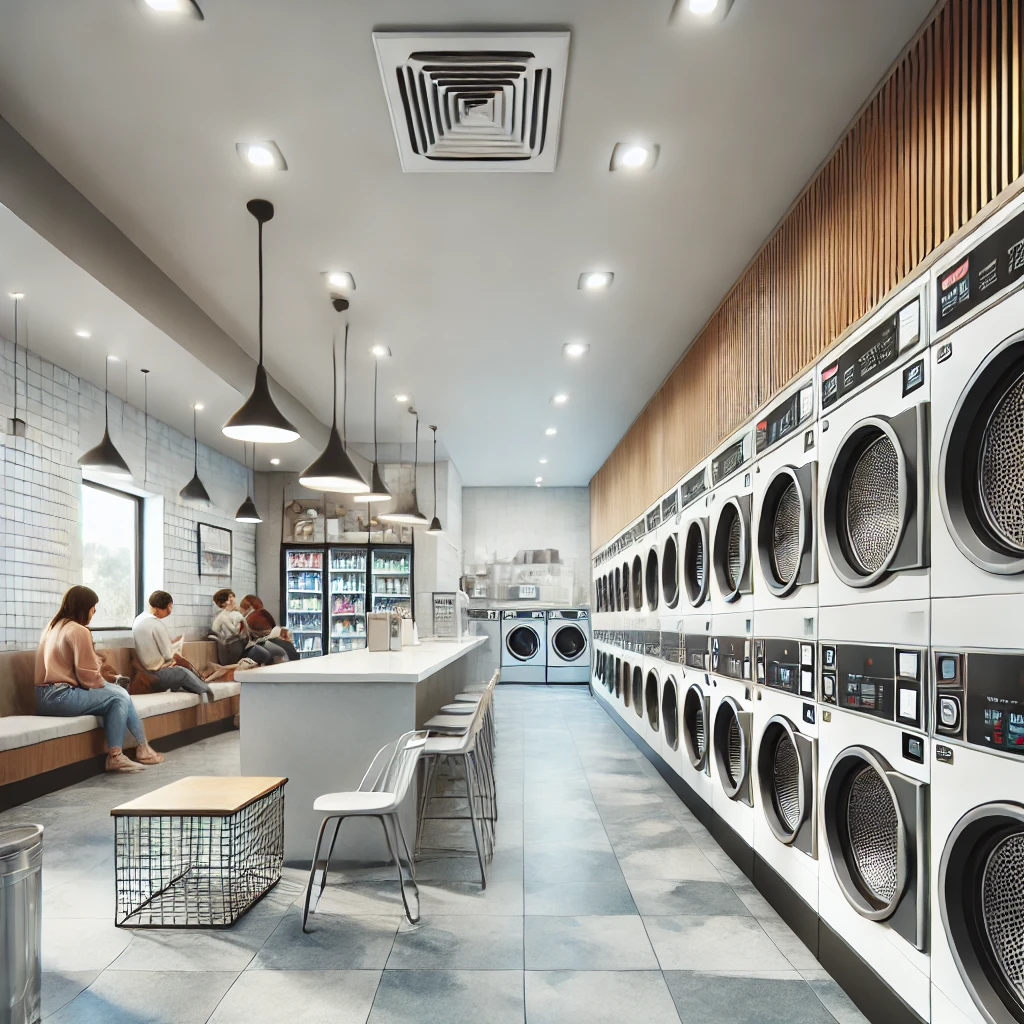Whether it’s a busy laundromat, a school with self-serve machines, or an aged care facility with daily linen turnover, efficient laundry room management can make or break your workflow. Yet for many operators, it’s the forgotten back-end process that creates bottlenecks, unnecessary costs, and frustrated users.
Let’s fix that.
This article unpacks practical, cost-saving strategies for laundry room management in shared or commercial environments—offering insights on staffing, machine setup, usage tracking, and route servicing. Whether you run a large building or manage equipment across multiple sites, there’s real value in refining how your laundry room functions day to day.
Why Laundry Room Management Deserves a Rethink
A well-run laundry space doesn’t just save water and electricity—it improves user experience, extends machine lifespan, and cuts labour time.
But many commercial or shared-use laundry rooms operate with:
- No real-time usage tracking
- Machines left in poor condition for days
- Inefficient pick-up/delivery schedules
- Poor feedback loops from end-users
That inefficiency adds up fast, especially for schools, property managers, hospitality venues, and healthcare providers. At scale, it’s a logistics problem. But the solution starts small—with smart layout, clear accountability, and good route coordination.
Streamlining Laundry Routes and Machine Turnover
One of the easiest ways to optimise laundry operations is by improving route servicing. Instead of ad hoc pick-ups or reactive repairs, consider building a system around predictable laundry cycles and usage data.
A laundry route operator plays a key role here—ensuring linen or laundry gets collected, cleaned, and returned without delay. This operator isn’t just a driver; they’re the heartbeat of a dependable workflow.
✔️ Reduce machine downtime
✔️ Avoid overflows or linen shortages
✔️ Support predictable pick-up windows for each site
→ What are the proper requirements for handling laundry?
Data, Feedback, and Usage Patterns
Modern laundry room management isn’t just about moving bags of linen. Smart operators use simple systems—apps, QR codes, or wall-printed forms—to track usage and spot patterns.
By collecting data on:
- Machine cycles completed
- Time of day laundry rooms are busiest
- User complaints (e.g., detergent left behind, dryer not heating)
…you can create a better picture of what’s working—and what’s not.
In multi-site operations, this helps route operators prioritise stops and allows facility managers to plan preventative maintenance, not just emergency repairs.
In fact, some large campuses have seen a 20–30% reduction in repair costs after implementing cycle-based maintenance instead of monthly checks. (Source).
Space Planning: The Hidden Advantage
Before thinking about apps or outsourcing, it helps to ask: Is the room itself working for your staff and users?
Poor laundry room layout causes many of the issues operators deal with later:
- Machines stacked too tightly = difficult servicing
- No clear dirty/clean zones = hygiene problems
- No waiting area = increased user complaints
- Vents blocked by baskets = overheating dryers
Even basic changes like labelling shelves or switching to wall-mounted sorting bins can cut 10–15 minutes per load.
→ What are the proper requirements for handling laundry?
Staffing Models That Actually Work
In some facilities, you don’t need full-time laundry attendants—but you do need someone who checks and resets machines, restocks detergent, and reports issues.
The best models use a hybrid structure:
- Route operator handles transport and bulk check-ins
- On-site cleaner or caretaker resets the room daily
- A monthly audit checks usage, hygiene, and wear
This keeps labour costs low while ensuring no task gets missed. It’s especially effective in student housing, gyms, and apartment complexes.
Pro tip: Create a simple checklist for your room attendant, covering:
- Clean lint traps
- Check detergent/coin levels
- Remove forgotten clothes
- Run a dummy wash if the room smells stale
→ What are the proper requirements for handling laundry?
When to Scale Up: Signs You Need Help
You might be able to handle a few loads per day with an internal team, but once these signs appear, it’s time to consider outsourcing:
- Missed or delayed pick-ups
- Machines needing service every fortnight
- Staff spending over 3 hours a week managing laundry
- Users reporting hygiene issues more than twice per month
That’s where external operators—especially those offering route-based servicing and remote monitoring—start to make serious sense.
They bring structured routines, accountability, and industry-standard hygiene practices. And unlike internal teams, they don’t disappear during staff shortages or public holidays.
Wrapping Up: Get the Basics Right, Then Optimise
Laundry room management isn’t about over-engineering a simple task—it’s about creating consistency in an environment that runs every day.
Start with layout and workflow. Add tracking and feedback. Then, if needed, bring in route operators who know how to run systems, not just clean clothes.
And remember: even the best machines can’t fix a broken process.
Ready to rethink how your facility handles linen and laundry?
Explore what a structured laundry route system can look like—especially if you’re managing multiple locations or want to save staff time long-term.

